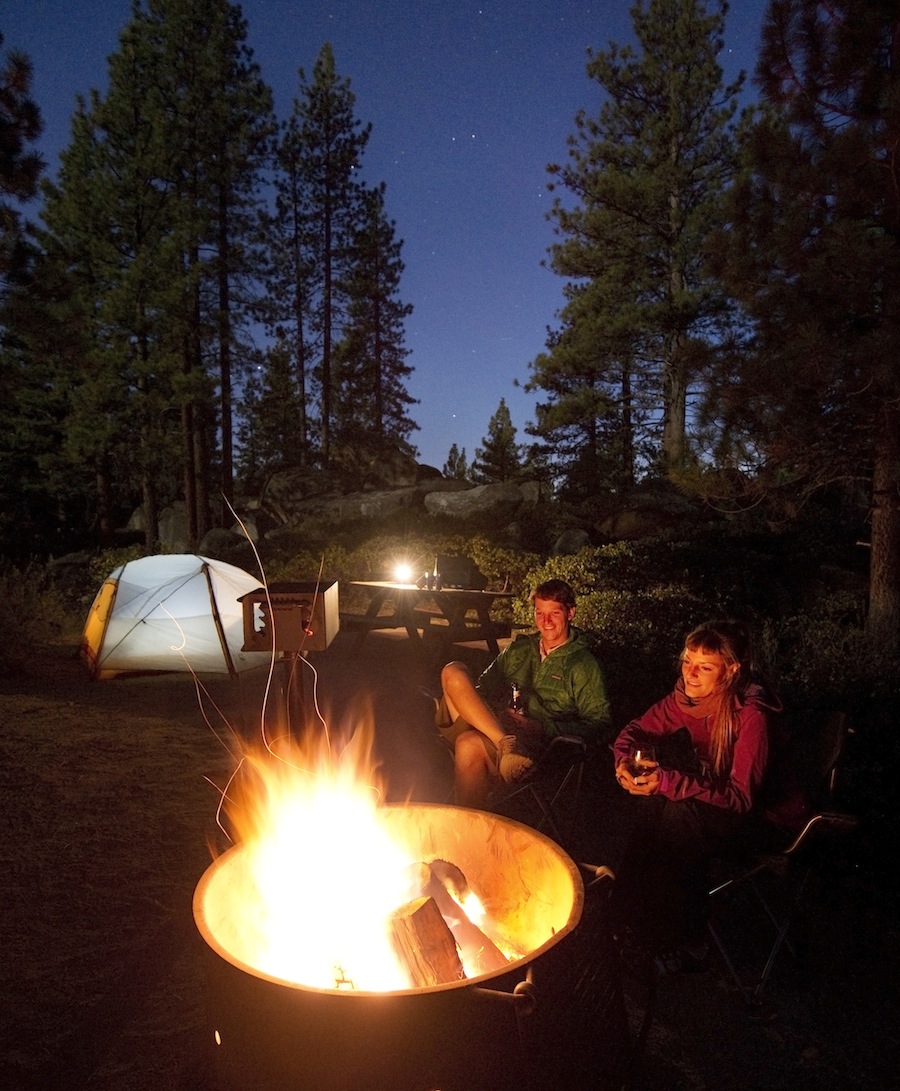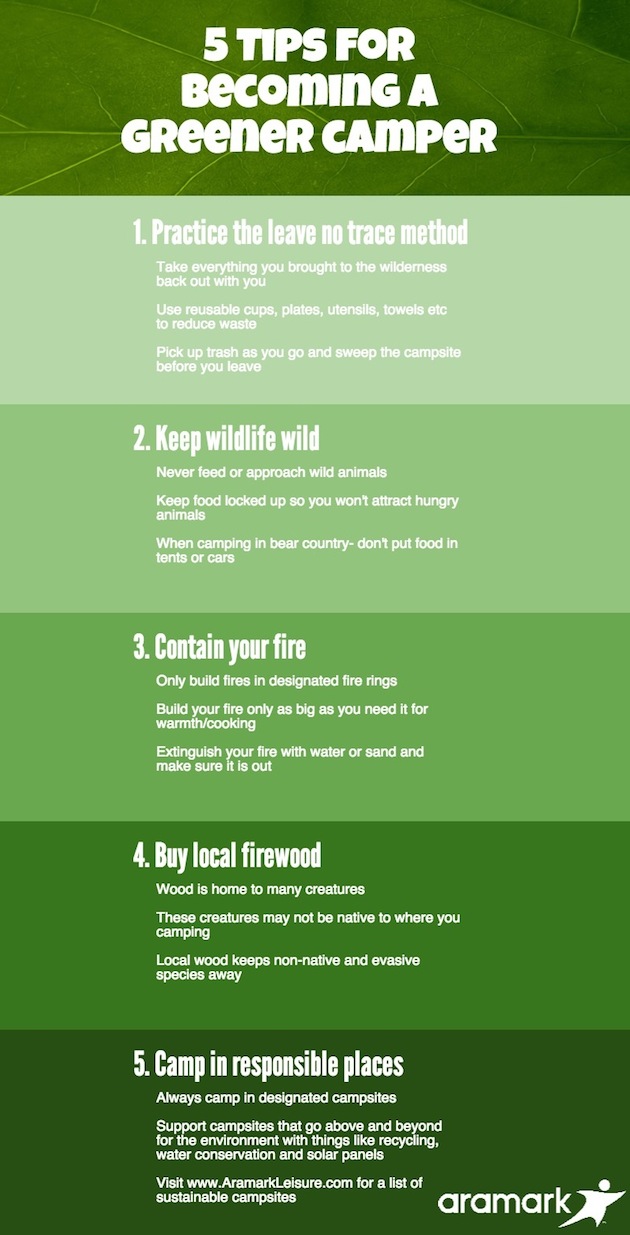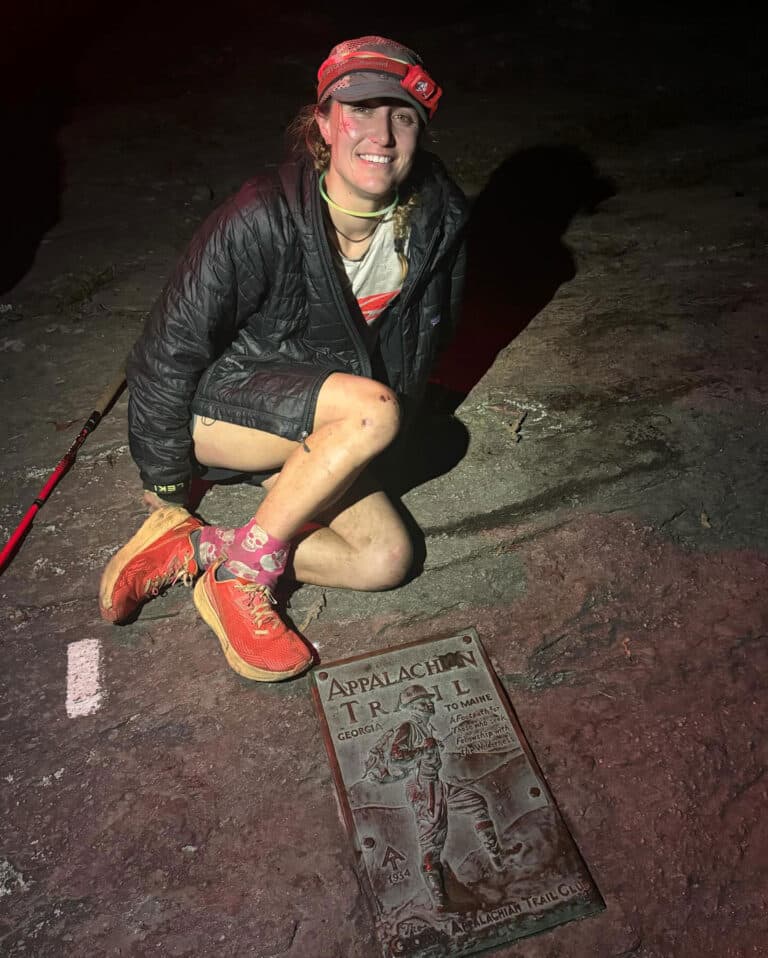The good folks over at Aramark — manager of campsites in some of America’s most spectacular National Parks and forests — gave us these five simple tips for making your camping a greener experience, as part of its Green Thread program. See you out there!
1. Practice the leave no trace method
This means that all things you bring to the wilderness should be taken out with you. Trash, extra wood, food and fuel canisters all need to be removed from a site when you leave. Bring reusable water bottles, utensils, plates, towels, etc to reduce the amount of trash you create. Canvas the campsite for trash before you leave. If you have kids, make finding trash a game to get them to help out!
2. Keep wildlife wild
Wild animals only stay wild when they have a healthy fear of humans. Feeding and approaching animals isn’t healthy for them, nor is it safe for you. Campers can inadvertently feed animals by leaving food out where animals can get to it. Store food in coolers or another place out of reach from squirrels, raccoons and other critters. If you are camping in bear country, never keep your food in your tent.
3. Contain your fire
Building a fire only as big as you need it will help the environment in a number of ways. It uses less wood. It produces less smoke, which contains pollutants. It’s easier to extinguish. To extinguish, cover embers with sand or water before going to bed or leaving the campsite and don’t leave until you are sure the fire is out. Additionally, fires should only be built in designated fire rings. Cooking meals with camp stoves is another good way to help reduce use of fires while camping.
4. Bring local firewood
Wood is home to many creatures- not all of which live where you are camping. These creatures can leave the wood and enter the environment where they may damage the existing ecosystem and drive other animals out. Purchasing firewood close to your campsite ensures that you won’t be introducing non-native or evasive species to your favorite camping site.
5. Camp in responsible places
Always camp in a designated campsite if available. Also, ask about the campsites environmental programs to reduce impacts.









